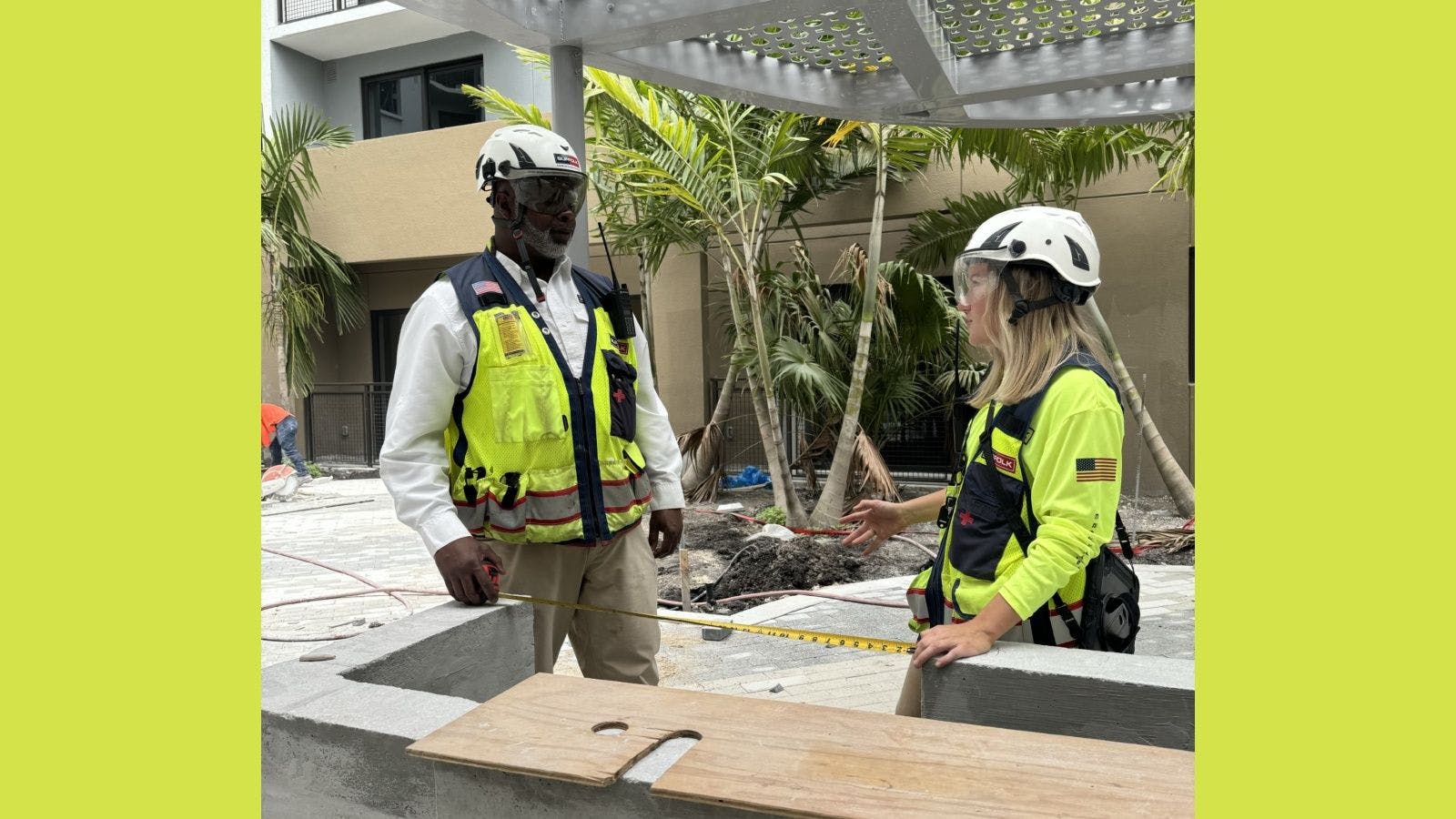
Top Qualities of a Productive Remote Meeting for AEC Firms
When COVID-19 made its way around the world earlier this year, corporations everywhere closed their office doors and sent employees home to work remotely during the pandemic. While such a large shift in business as usual is expected to come with a learning curve, through the use of remote meeting tools and open communication, many organizations have found themselves not only managing their work remotely, but thriving.
For a historically paper-heavy and onsite industry such as construction, it is natural for this shift to remote meetings to come with some trepidation. However, with the right remote tools at employees’ fingertips and the right expectations properly communicated, executing effective and productive remote meetings is easier than ever before.
Tools for Effective Remote Meetings
To participate in a remote meeting, the proper tools and software are needed. The common tools needed to host or join a remote meeting are:
- A computer or laptop;
- An internal computer camera or a webcam;
- A computer monitor/display;
- Video conferencing hardware;
- Video conferencing software; and
- A meeting agenda.
Top Five Qualities of a Productive Remote Meeting
Choosing the appropriate tech tools is only half the battle to properly execute a remote meeting. Additionally, keeping an eye on the interpersonal aspects is also needed to ensure the remote meeting is executed productively. Just because the meeting is happening virtually, doesn’t mean it should suffer in terms of efficiency.
Here are the top five qualities of high-functioning remote meetings.
1. There is a designated meeting leader.
When conducting a remote meeting, it is best to begin preparation by approaching the meeting as if it were an onsite meeting. Meaning, begin in the same place: with the leader. The person designated to be the remote meeting leader should be the person who calls for the meeting. Whether this person is the most senior at the meeting is less important than if this person is the proper candidate to effectively run the remote meeting.
2. The meeting is irrefutably necessary.
There is nothing worse than attending a meeting that could have been an email, except attending a virtual meeting that could have been an email. Before calling for a meeting, take the time to ensure this meeting is necessary and that each expected attendee is required to attend. To help decide if the remote meeting is necessary, the meeting host should ask the following questions.
- What is the goal of the meeting?
- What is the expected result of the meeting?
- How is each meeting attendee expected to participate?
3. The meeting has an agenda.
Once the meeting host determines the goals and expected result of the meeting, they should use that information to create a meeting agenda. The goal of this agenda is to keep the meeting structured and goal-oriented. Every effective remote meeting has a designated purpose, and by creating an agenda the meeting host has taken the first step toward effectively communicating that purpose to the other expected attendees.
The next step is to distribute the agenda. When conducting a remote meeting, the agenda should be distributed days in advance so all attendees have the required information with enough time to consume it. Additionally, the remote meeting agenda should contain the software, log in information and password (if applicable) needed to attend the remote meeting.
4. The meeting is clear and concise.
As far as remote meetings go, the general rule is the shorter, the better. Especially for remote meetings in an industry where meeting virtually is a new skill, when meetings are scheduled to be long, they have a tendency to carry on past productivity. To ensure the remote meeting time is used efficiently and to be respectful of employees’ time, schedule the meeting for just the time it should take.
For example, if a construction progress meeting is scheduled to be 90 minutes, but onsite would take 60 minutes to execute, the remote meeting will fill the time slot it is allotted and take the whole 90 minutes unnecessarily. There is no need to overcompensate for the remote aspect of the meeting by scheduling it to be longer than necessary. Remote meetings are like goldfish: they will take up the space they are given. To keep the remote meeting clear, concise and goal-oriented, it is best to schedule it only for the length of time it needs.
5. All attendees come prepared to the meeting.
It is not just the meeting leader who is expected to show up to the meeting prepared. For remote meetings, it is crucial that all attendees come prepared. Efficient remote meeting attendee preparedness can look like:
- Reading through the agenda and any other necessary materials ahead of time;
- Preparing any relevant questions to ask during the meeting; and
- Testing all technology for presenters in the days before the meeting.
As team members get comfortable with remote meetings, there will be bumps along the way. Remote tools like Zoom or web conferencing cameras provide support and training materials that are readily available for anyone new to video conferencing meetings. Leaders should encourage teams to plan ahead, be patient and ask for help when needed.
Related stories








